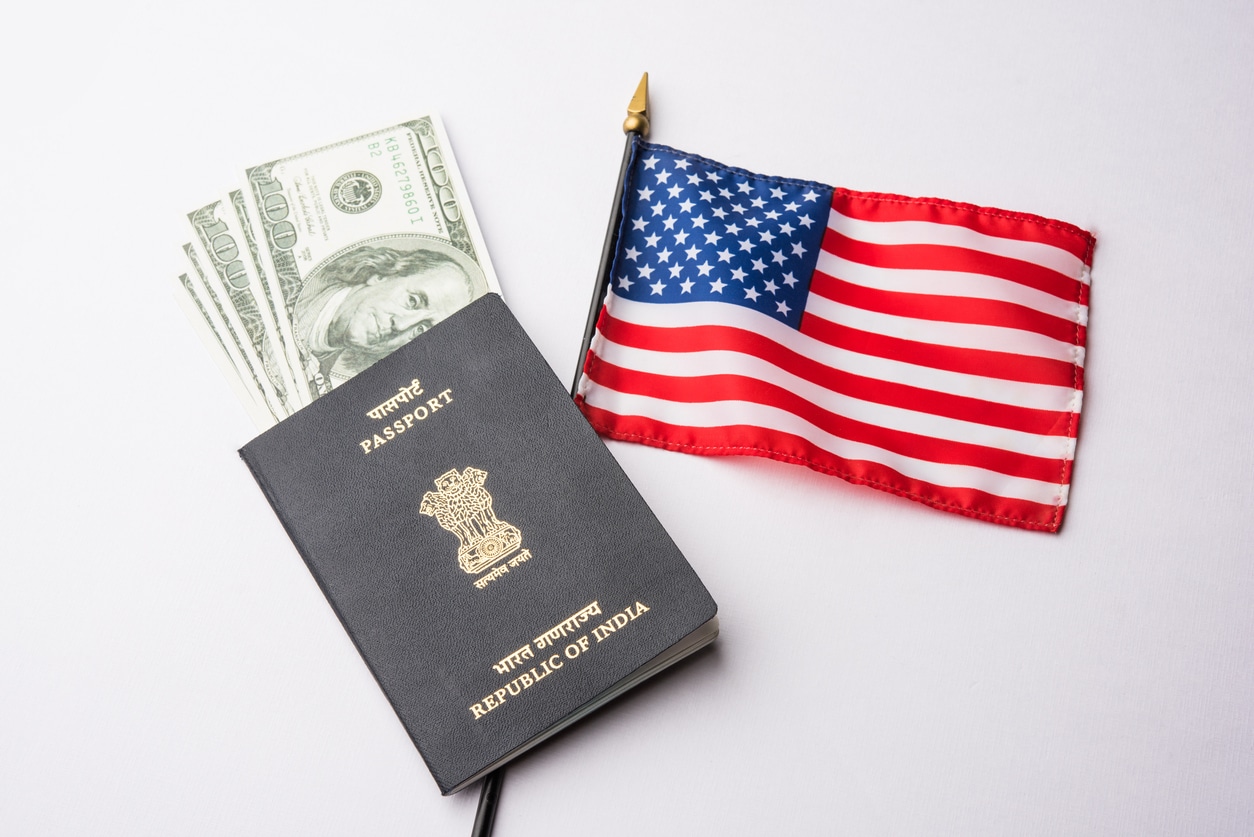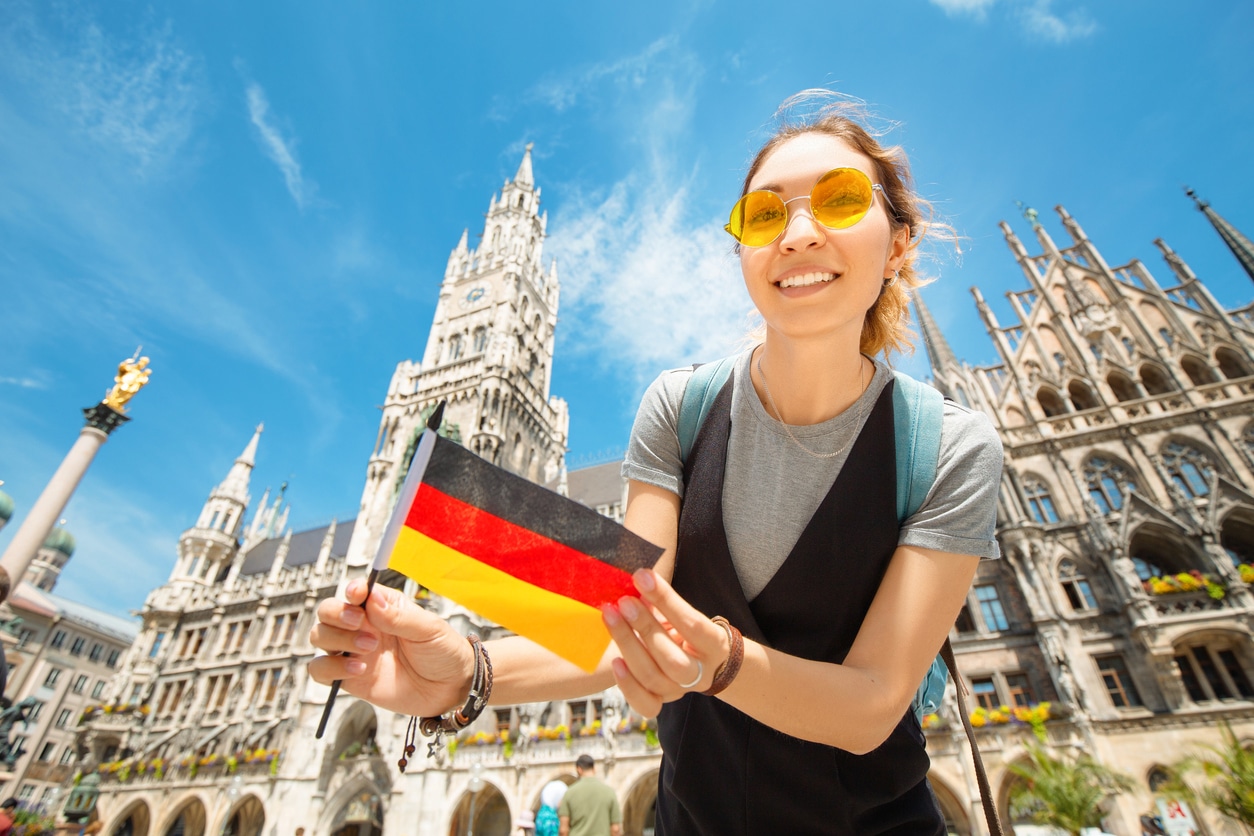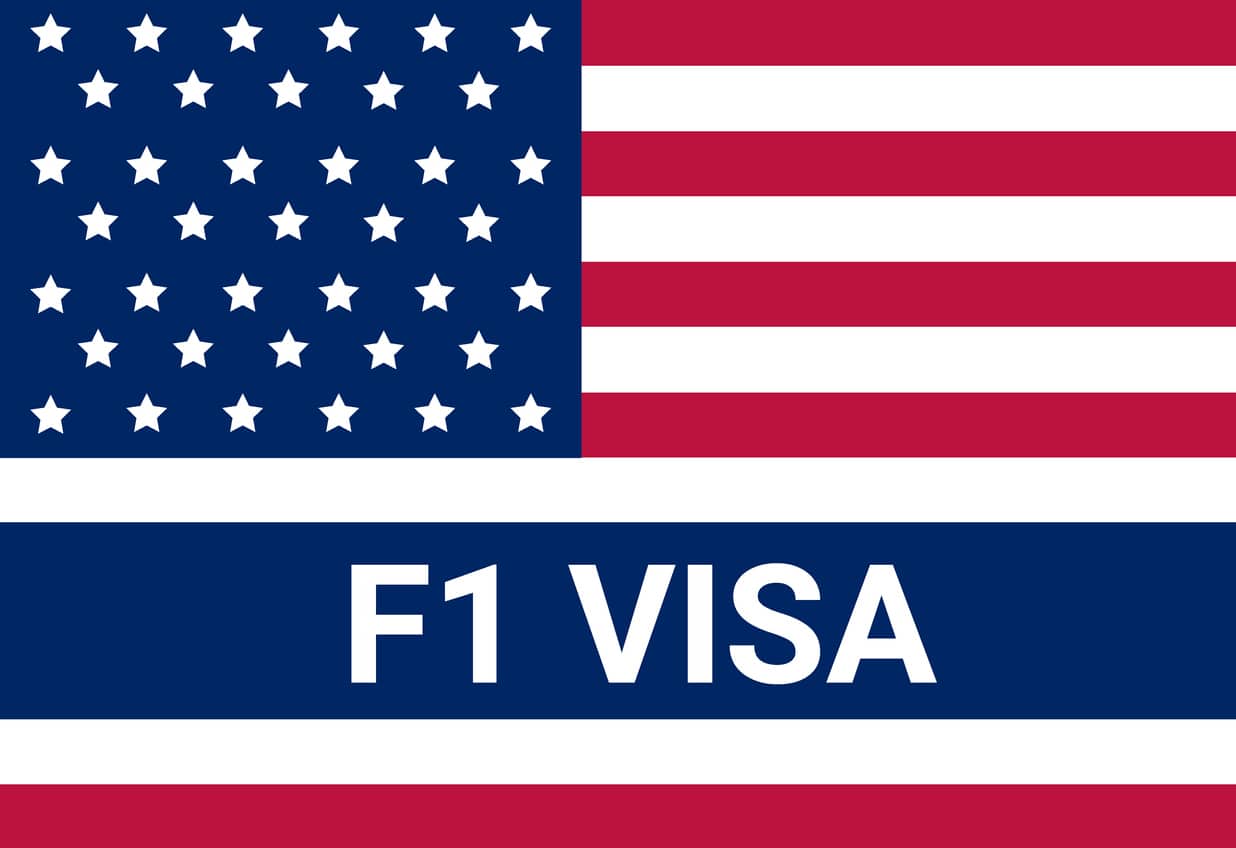A vocational education journey in the United States can be life-changing for a student with an M1 visa. However, it’s essential to understand the complexities of the M1 visa process to ensure a smooth transition.
In this guide, we cover everything you need to know about the M1 visa, from eligibility requirements to maintaining your status and exploring work options after completing your education.
Whether you’re considering technical training or vocational programs, this guide provides you with the necessary knowledge to navigate your educational pursuit with confidence.
What M1 Visa?
An individual from another country who wishes to pursue a technical, vocational, or non-academic program in the United States can apply for an M-1 student visa and enroll as a full-time student.
The application process and eligibility requirements for the M-1 visa are similar to those of the F-1 visa. The F-1 visa, on the other hand, is designed for non-U.S. citizens seeking to enroll full-time in academic or language programs at universities, seminaries, high schools, or conservatories. Additionally, when applying for an F-1 visa, paying the SEVIS fee is crucial for your application process.
There are five conditions for the M1 visa, all of which are necessary to guarantee your eligibility and compliance during your time studying in the United States:
- Admission to an Approved School: It is critical to gain admission to a United States university recognized by the Student and Exchange Visitor Program (SEVP). Form I-20, which is necessary for applying for a visa, will be provided to you by this school.
- Intent to Depart Upon Course Completion: You must provide proof of your plan to return home after completing your education. Numerous linkages, including property ownership, financial investments, familial ties, and more, can be used to demonstrate this.
- Adequate Financial Resources: Since M1 visa holders are typically prohibited from working, you must demonstrate that you have the means to pay for both tuition and living expenses during your program. Financial records such as bank statements and scholarship offers attest to an individual’s ability to support themselves.
- Readiness for Coursework: You must demonstrate that you are ready for the course of study you have selected. This could entail showing results from standardized tests, degrees, certificates of schooling, or other pertinent credentials.
- Maintaining Full Course of Study: Completing all required coursework must be enrolled in and completed satisfactorily. Though prior authorization is usually necessary, exceptions may apply based on program details or medical reasons, the conventional requirement being twelve semester or quarter hours every academic term.
You can confidently begin your educational journey in the United States by meeting these standards, which will guarantee a seamless and compliant experience for the duration of your M1 visa.
Simplify Your USA Study Plans with Great Learning’s Assistance
- Get a top-tier education at a low cost without GRE/TOEFL
- Pick between full-time and hybrid programs
- Secure a 3-year post-study work visa
M1 Visa Process
To ensure a seamless transition into vocational education in the United States, the procedure of getting an M1 visa consists of multiple sequential steps. Here’s a thorough explanation:
Submit an application to the school and get the I-20 approval form.
Acquire SEVIS I-20 Form: You will receive the SEVIS Form I-20 after being accepted into a vocational program offered by a school with SEVP certification. Important information, including your study plan, bio, and related costs, is included on this page. If applicable, dependents will also need their own SEVIS I-20 paperwork.
Fill out Form DS-160:
Fill out DS-160 Form: Provide accurate and thorough information about your background, intended stay, and other pertinent factors when completing Form DS-160 online. As part of the application process, you might also need to supply a recent photo of yourself.
Obtaining Documents for Interviews:
- Assemble Necessary Records
- Ensure you have all the paperwork you’ll need for your visa interview, such as but not restricted to:
- A valid passport, a completed DS-160 confirmation page, and a SEVIS Form I-20
- Pictures (if not digitally uploaded)
- Receipt of payment for the visa application fee – Verification of financial capability
- Transcripts or certificates of education
- Any further paperwork that the embassy or consulate requests
Interview
- Schedule a Visa Interview: Make an appointment at the American embassy or consulate in your nation of origin for a visa interview.
- Attend Interview: Show up for the visa interview at the time and place specified. Be ready to respond to inquiries about your educational experience, plans to pursue studies in the United States, financial status, and ties to your native nation. Give the consulate official all the documentation they require for
- Departure for the United States: Your passport will be stamped with a visa after your application has been approved. Present your passport and visa to a Customs and Border Protection (CBP) officer at the port of entry upon entering the United States. They will check your documentation and grant you access.
Through careful attention to detail and accurate preparation and submission of all required papers, you can expedite the M1 visa application procedure and confidently start your vocational education in the United States.
Must Read “Top 10 Common Questions You Should Expect During the US Student Visa Interview“
M1 Employment
After completing your vocational program on an M1 visa, you can work temporarily for training purposes. However, the job you take up should be closely related to your field of study and should provide you with useful skills that are difficult to acquire in your home country.
To begin working, you must first apply for a Work Authorization Document (EAD) by filling out Form I-765 and obtaining approval from your school official (DSO).
Please ensure that you complete the application process at least ninety days before completing your program. The duration of your work permit is determined by the length of time you studied full-time: it can be extended for a maximum of six months or one month for every four months of study.
If granted, you are able to work lawfully in the United States. Verify that the employment you accept fits in with your course of study and complies with all visa requirements. Respect the laws, abstain from working without authorization, and, if necessary, renew your work permit on time.
By taking these actions, you may be confident that you maintain compliance with your visa requirements while taking full advantage of your training possibilities in the United States.
M1 Visa Processing Time
The number of applications received, the workload at the American embassy or consulate, and any additional administrative procedures needed can all affect how long it takes to process an M1 visa. An M1 visa application can take anywhere from a few weeks to several months to process on average.
To ensure that there is enough time for processing, you must apply well in advance of the date you plan to travel. Processing timelines may also be impacted by elements like the correctness and completeness of your application and any requests for further supporting material.
How Long Can I Stay in the US With an M1 Visa?
You can normally remain in the country with an M1 visa for the length of your vocational program plus any approved practical training term. The length of your program, as stated on your Form I-20, determines the initial period of stay.
You will receive an “admit until” date on your I-94 arrival record upon admission into the United States; this date typically corresponds with the program’s end date. In rare situations, such as program delays or unanticipated events, you may ask for an extension if you would like to stay longer than the time period indicated on your I-20.
You must follow the conditions of your M1 visa and keep your legal status during your time in the country. In order to prevent any potential immigration problems, make sure you file for an extension as soon as possible if you need to stay longer than the program’s duration.
Conclusion
Overseas students have a great chance to pursue vocational education in the US with an M1 visa. The key elements of the M1 visa application process, such as eligibility requirements, application processes, job options, and maintaining status, have all been covered in this handbook.
Prospective M1 visa applicants can confidently handle the intricacies of the application process and effectively begin their academic career in the United States by comprehending and adhering to these instructions.
The M1 visa opens doors to a variety of educational opportunities, whether your goal is to improve your abilities for future professional chances or to gain practical training in a particular field. Make the most of your time studying and training in the US by being informed, abiding by the law, and maintaining your standards.
Master Your Study Abroad Experience with Our Free Courses
- Introduction to IELTS Exam
- Introduction to TOEFL Exam
- GRE Prep Course
- Smart English Basics for Professionals
- English Language Proficiency Tests for Study Abroad
- Scholarships and Financial Aid for Studying Abroad
- Study Abroad Budget Guide for Beginners
- Scholarships and Financial Aid for Studying Abroad
- Essay Writing for Study Abroad Scholarship
FAQs
You can change your M1 visa to another visa while in the United States, but you must be eligible for the new visa, apply to change your status and pay the fee before your current visa expires. You must also show that your plans comply with the new visa requirements. Consulting with an immigration specialist can help.
M1 visa holders are not allowed to work off-campus while studying and have limited on-campus work options. After completing their studies, they may be eligible for temporary work in their field of study with approval. Working without authorization is illegal and may lead to severe consequences, including deportation. It is essential to understand and follow the regulations regarding employment with an M1 visa.
Yes, M1 visa holders are generally allowed to travel outside the United States during their program of study. However, it’s essential to ensure that your visa and passport are valid for re-entry into the US. Additionally, you may need to obtain a visa for the country you plan to visit, depending on its requirements. It’s advisable to consult with your designated school official (DSO) before making any travel plans to ensure compliance with visa regulations.
If your M1 visa expires before you complete your vocational program, you must apply for an extension to maintain your legal status in the US. You should file for an extension as soon as possible, providing documentation to support your request, such as a letter from your school explaining the delay or unforeseen circumstances. Failure to extend your visa before it expires could result in complications with your immigration status, including the possibility of deportation.
Yes, M1 visa holders may be able to bring dependents, such as spouses and children, to the US on an M2 visa. Dependents must apply for their M2 visas separately and provide documentation to demonstrate their relationship to the primary M1 visa holder. While dependents of M1 visa holders are generally not allowed to work in the US, they are permitted to study part-time. It’s essential to consult with your DSO for guidance on the process of bringing dependents to the US on an M2 visa.
References
https://www.boundless.com/immigration-resources/m-1-student-visa-explained









